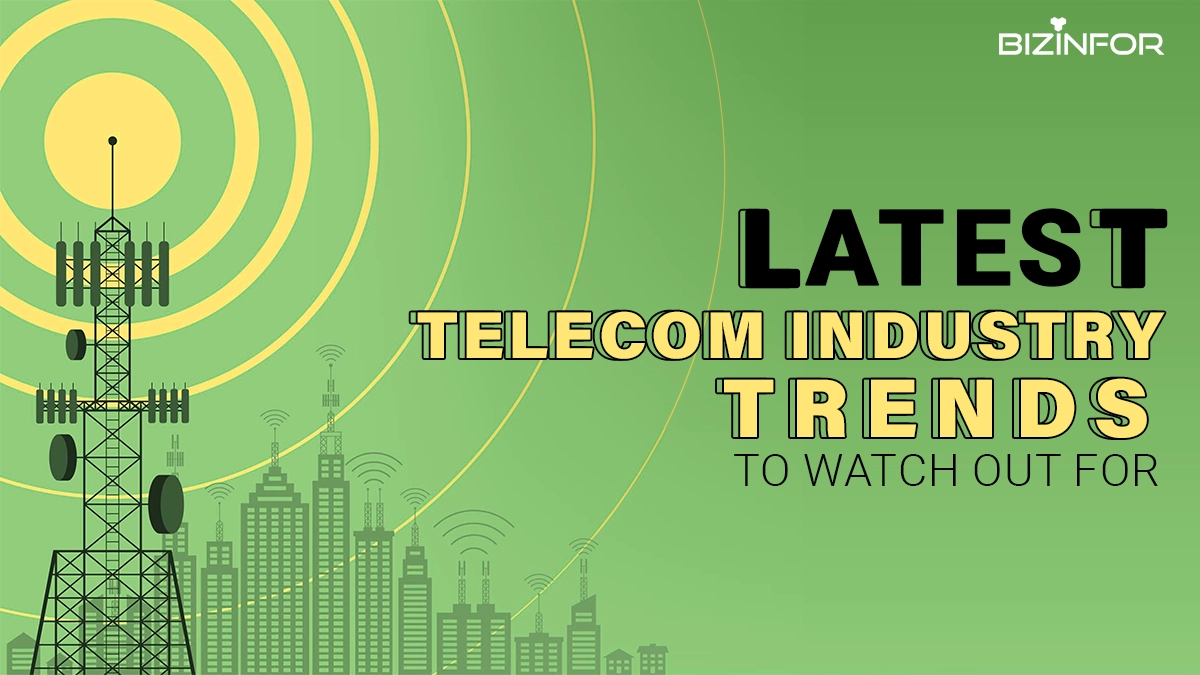The telecommunications sector encompasses the companies that enable communications on a global scale, regardless of distance. Now, we send and receive data, voice, and video via phone, the Internet, or cables. Needless to say, this sector has revolutionized the way we live and work.
This industry has continued to evolve, addressing challenges and improving efficiency with each new technology entering the market. The ever-increasing number of connected people and things demand innovative solutions, and the telecom industry has never failed to deliver.
Let us take a look at what’s happening in the telecom industry right now.
5G Technology
An unmissable trend in recent times, 5G technology has taken the world by storm. It is, at present, the most advanced mobile broadband technology. Although the technology has been around for several years, it has never been used to its full potential and is finally becoming mainstream.
Telecom companies are upscaling their infrastructure in order to be able to provide 5G. Consequently, there is also a huge buzz over the monetization of 5G, which is generating income from 5G networks and services. The demand is increasing parallelly as well. In fact, it is predicted that by the end of 2026, the number of 5G subscriptions worldwide will be just under 5 billion. So, if you are looking to market your product and services to the telecom industry, the telecom industry email List is a must-have strategic resource.
Now, let’s take a look at the features of 5G.
Features of 5G
5G offers numerous advantages over previous generations of cellular network technology, including the following:
- Faster Speed:
5G can be several times faster than 4G, offering theoretical speed of up to 20 Gigabits-per-second (Gbps). This means that large files can be downloaded in a matter of seconds. It also spells similar benefits for high-quality video streaming and online games.
- Higher Capacity:
As 5G uses a broader range of frequencies than 4G, it can support about a 100x increase in traffic capacity. Subsequently, it can provide impressive coverage. Due to this, it is ideal for use in areas with high traffic demand, including stadiums and concert venues.
- Lower Latency:
Network latency is the time needed for data to travel from one point to another. With 5G, this can be reduced to around five milliseconds, while it used to be between 60 and 100 milliseconds with 4G networks. This exceptionally low latency makes real-time communication possible, which finds application in self-driving cars and remote surgery.
Applications of 5G Technology
Owing to numerous benefits and state-of-the-art features, businesses have high expectations from 5G deployment. Here are some ways companies could use 5G to their advantage:
- A 5G private network that can be tailored according to the business needs. It can be deployed both on and off premises.
- Seamless workplace communication and advanced collaboration with mobile videoconferences and AR/VR experiences.
- Accurate asset tracking, including inventory management.
- Improved analytics with insights provided by sensor-generated data.
With huge potential in several areas, including employee, machine, and customer networking, the possibilities are endless.
The Internet of Things (IoT)
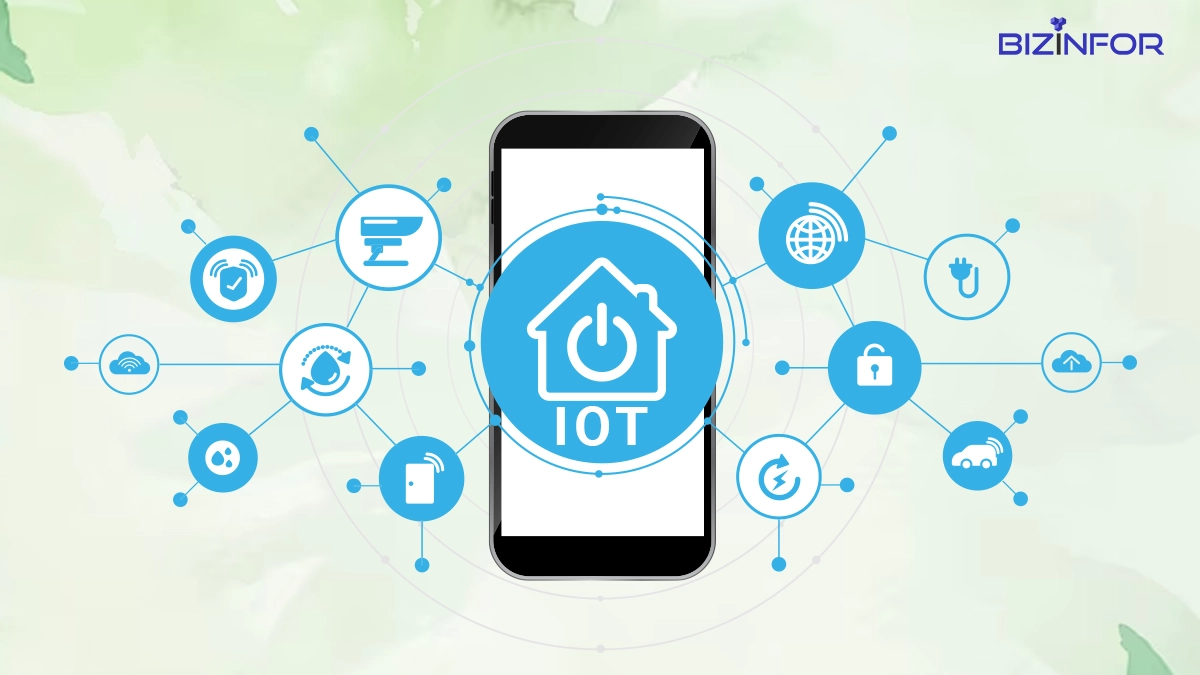
The Internet of Things (IoT) is the network of physical objects connected to the Internet through sensors, software, and other technologies. According to a forecast, the number of devices connected to the Internet of Things will triple in the coming years.
IoT technology is already being used in smart home devices and wearable technology. The advent of 5G has opened new avenues in connected devices, smart cities, and industrial automation.
In the telecom industry, IoT solutions can be adapted to monitor base stations and data centers. More innovative methods and applications are being developed every day. As telecom companies are the ones that facilitate Internet device connectivity, IoT can, no doubt, revolutionize this industry.
Some telecom companies, including O2, AT&T, and Telefónica, have emerged as pioneers in this endeavor. Notably, AT&T, an American multinational telecommunications company, has managed to reduce energy consumption by 9 million kWh annually using the Internet of Things. As of 2022, it has over 100 million IoT devices connected to its network.
Artificial Intelligence

Artificial Intelligence (AI) and Machine Learning (ML) technologies have changed the face of the world forever. Their impact can be felt in every industry; the telecom industry is no exception. These technologies are already widespread in the telecommunications sector, finding uses from customer service to network optimization.
Studies show that one bad customer experience service is enough to make customers switch providers. There is no space for this in a highly competitive industry such as telecom. Hence, AI-assisted customer service is a boon for this industry.
We already see an abundance of virtual assistants and chatbots, and speculations say this will increase in the coming years. Telecom providers can also invest in other AI technologies to predict customer behavior, improve personalization and customer segmentation.
Apart from customer service, AI detects problems in the network and prevents the occurrence of fraudulent activity. Moreover, it makes maintenance easier by anticipating failure based on patterns.
Summing up, AI allows for efficient resolution of hardware dysfunction and betters user experience. It can also automate tasks and optimize the decision-making process.
As Artificial Technology requires high speeds and low latencies for optimum performance, the expansion of 5G technology is imperative for its effective advancement.
Cloud Computing
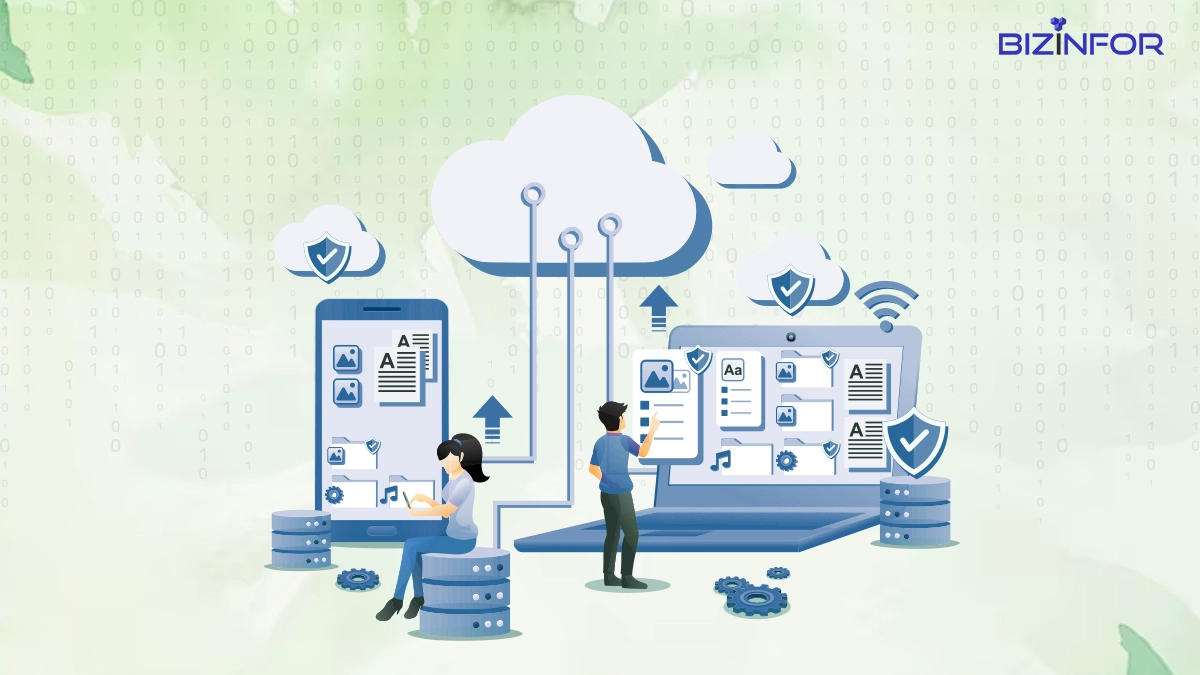
Cloud computing delivers computing services, including servers, storage, databases, and software over the Internet. A significant advantage of this technology is that only the services used are paid for, which lowers operating costs and increases overall efficiency.
Although cloud computing is not anything new, a large number of telecom companies rely primarily on private data centers. However, this is set to change in the near future as more and more telecom companies are migrating to the cloud to deliver applications, manage data, and billing services.
Why Are Telecom Companies Shifting to Cloud Computing?
The reason for the shift lies in the several advantages that come with cloud computing, including:
- Greater scalability, flexibility, and agility.
- Better responses to demand fluctuations with minimal wastage.
- Costs from data center staffing and on-site hardware are reduced dramatically.
- Considerable improvement in connectivity and integration.
- Expand overseas with the requisite speed.
To put it in a nutshell, cloud computing has the answer to the current needs of telecom companies, that is, introducing new services, cost-effective operations, and adjusting to changes in market demand. Hence, it is no surprise that cloud computing is one of the next big things in the telecom world.
Cybersecurity
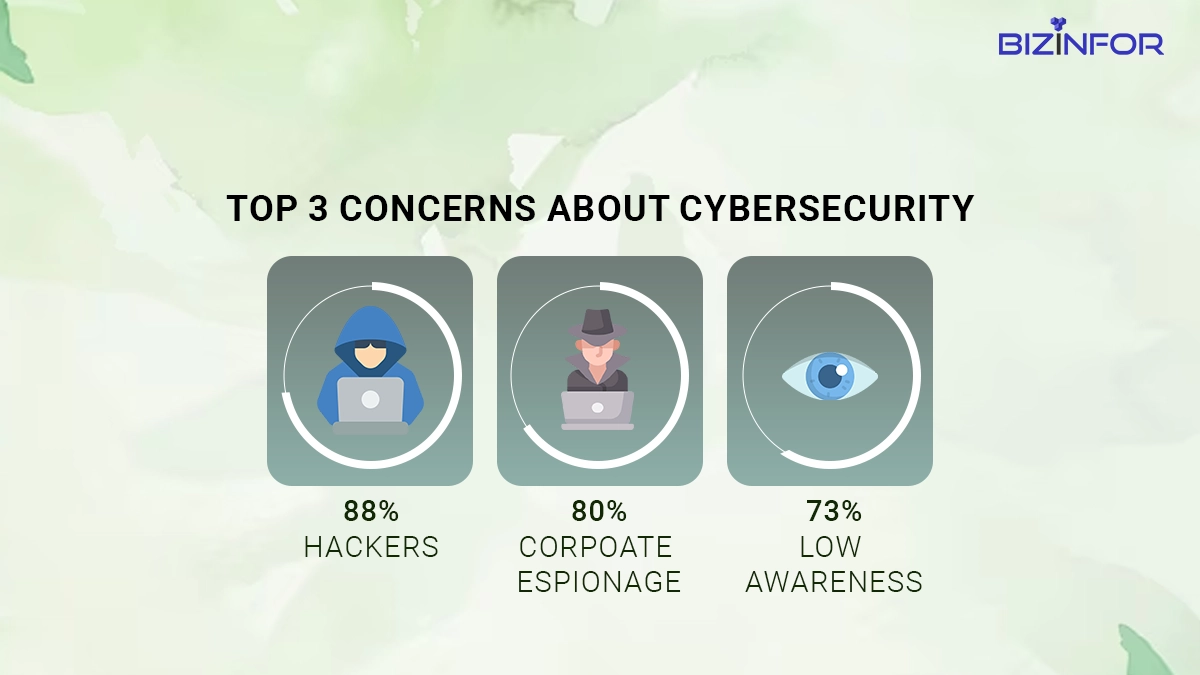
Telecom companies have always been highly vulnerable to cyber-attacks and threats. Their large customer bases provide ample opportunities for malicious sources to gain unauthorized access to data.
Moreover, because of these companies’ vast amounts of sensitive data, an attack on a major telecom provider can affect important businesses and even the government. It also has severe negative consequences for the brand’s reputation.
With the propagation of 5G technology and IoT comes a new variety of security threats and data breaches. Inadequately protected devices like laptops, routers, and home security systems are prone to attacks from hackers. In response, telecom industries will upgrade their cybersecurity measures, leading to it being one of the dominant trends in the industry in 2023.
Most companies will opt for a holistic approach, where they can efficiently detect threats, respond to them effectively, and adopt constructive prevention measures.
Many companies will also turn to Blockchain technology as this will drastically improve the security of their associations with other parties. Besides, using Blockchain can also reduce costs and increase revenue.
High-Resolution Content
Media such as videos, pictures, and music are experiencing ceaseless improvements in quality, leading to the generation of content of increasingly high resolutions. As the availability of high-resolution devices increases and the cost of high-resolution content decreases, this type of content has become a growing trend within the telecom industry.
However, this change is not without its problems. Streaming videos of high resolution can consume an exceptional bandwidth, leading to congestion and slow speeds. Hence, high-resolution content requires greater transmission speed and low latency.
Therefore, telecom companies need to meet the demand by investing in new networks and technologies supporting high resolution. Of course, 5G is one of the most obvious options as it is meant to accommodate high-resolution content with much lower latency.
Benefits of High-Resolution Content
So, why has high-resolution content taken over the industry? Here are some reasons:
- The images and videos are clearer and more detailed than standard definition content.
- This type of content delivers a highly immersive experience, especially when virtual and augmented reality applications are involved.
- Due to the greater visual appeal and realistic experience, user engagement increases manifold.
Sustainability
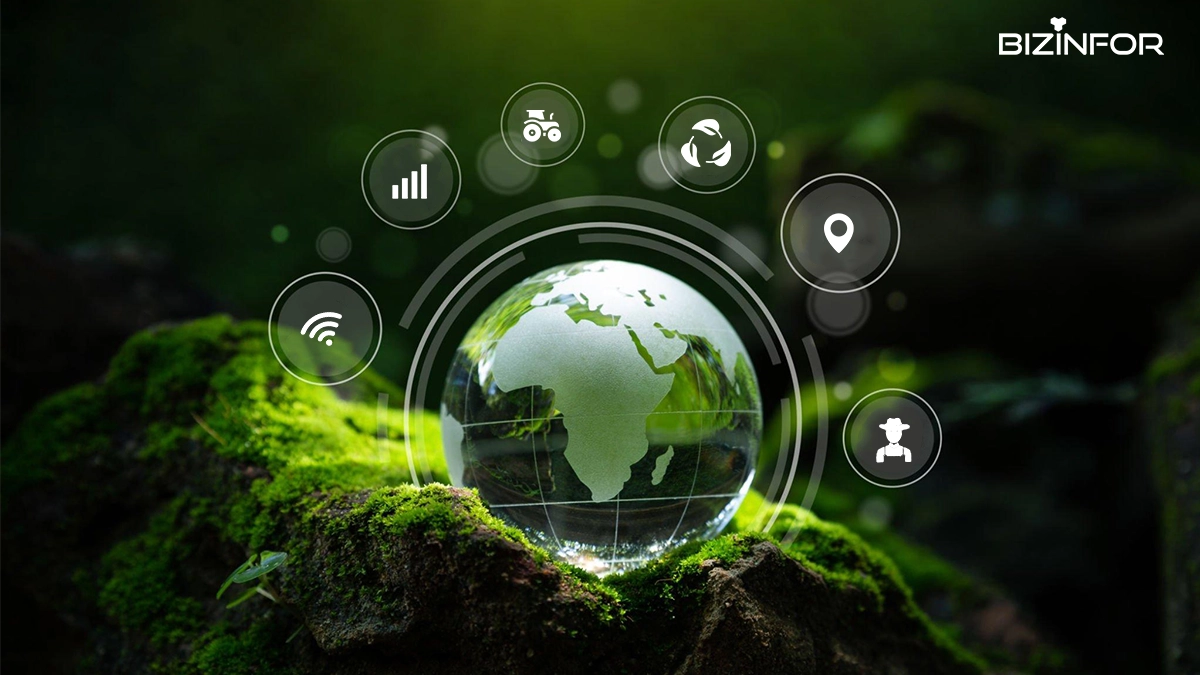
The world has finally started paying considerable attention to the real problem of environmental damage, and this awareness has also permeated the telecom industry. So, we can expect to see many telecom companies switching to sustainable practices in 2023.
The never-before-seen demand that the telecom industry faced during the pandemic increased energy consumption and expanded their carbon footprint. This demand is likely to increase in the coming years. Hence, it is time for telecom companies CEOs to make sustainability a top priority.
To achieve sustainable operations, telecom companies must analyze their current emission levels, identify the contributors, set attainable targets, and implement an actionable plan.
In Conclusion
Apart from these, 2023 will also see the continued growth of mobile data traffic and the ever-increasing prioritization of consumer experience. As Oscar Munoz, the once-CEO of United Airlines, said, “In the telecommunications, consumer products, and railway businesses, there are very real consequences if you don’t meet the consumer’s needs and desires.” Hence, emerging trends will always be inclined to better user experience.
Moreover, there is also the need to comply with new regulations.
To stay ahead of the curve, telecom companies need to allocate funds for constant innovation and adoption of new technologies. Furthermore, they need to be well aware of the industry trends to ensure that they provide the best possible services.
As the driving force behind several major industries, telecom companies are perfectly positioned for extensive growth in the years to come.

